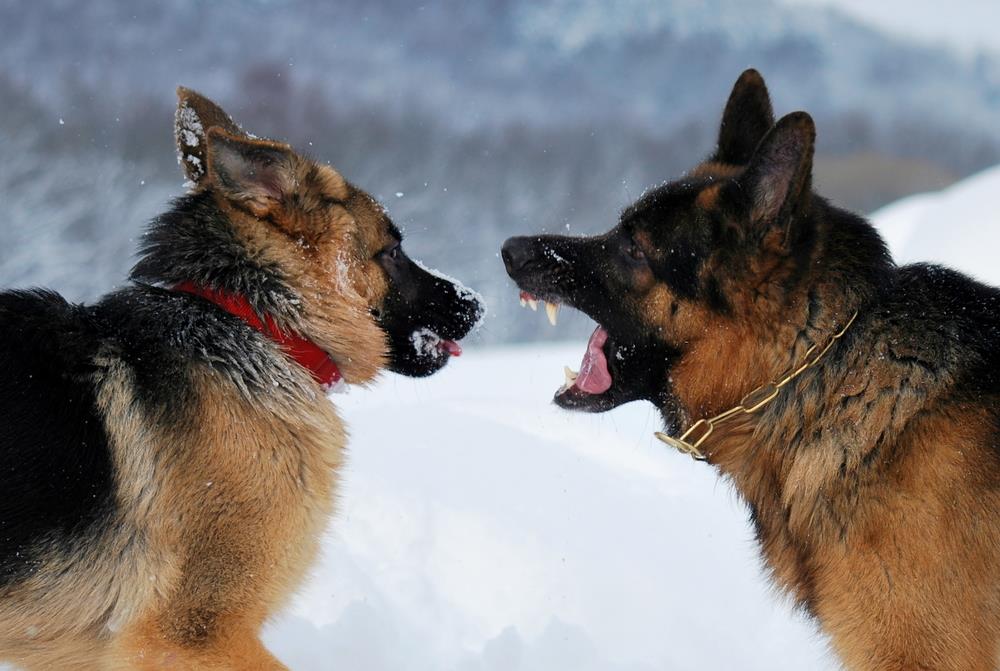Grasping the roots of pet aggression is paramount in effectively managing the issue. Three key factors are responsible: biological, environmental, and psychological.
Biological Factors
Some pets are genetically predisposed to aggression due to their breed, age or sex. Additionally, health issues like pain or hormonal imbalances can trigger aggressive behaviour. It is crucial to ensure your pet is healthy by regularly scheduling veterinary care.

Environmental Factors
Aggression can be a response to a pet’s environment. Factors such as lack of socialisation, stressful surroundings, or a history of abuse can lead to aggressive behaviours. Providing a balanced and positive environment is essential.
Psychological Factors
Fear, anxiety, or territoriality can all lead to aggression in pets. Understanding your pet’s mental health is as important as their physical health. When necessary, consult a professional animal behaviourist.
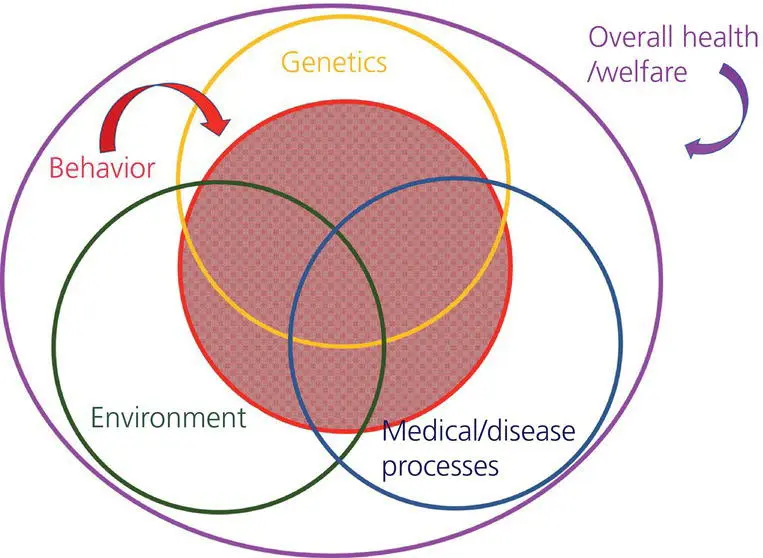
In conclusion, understanding the reasons behind pet aggression can guide effective management and prevention strategies.
Understanding Types of Pet Aggression
Pet aggression can manifest in different forms, each with distinct triggers and behaviours. It’s crucial to understand these types to build a harmonious relationship with your pet.
Territorial Aggression
This arises when a pet perceives an encroachment on its space. Animals, especially dogs, may respond aggressively to defend their territory.
Fear-Induced Aggression
Often a defensive reaction, pets might resort to aggression when they feel threatened or scared.
Predatory Aggression
Commonly seen in carnivorous pets, this type of aggression is triggered by the instinct to hunt.
Aggression Toward Family Members
Sometimes pets may show aggression towards their human family members or other pets in the household. This could be due to dominance issues or jealousy.
Aggression Toward Strangers
Some pets may see unfamiliar people as potential threats, leading to aggressive behaviour.
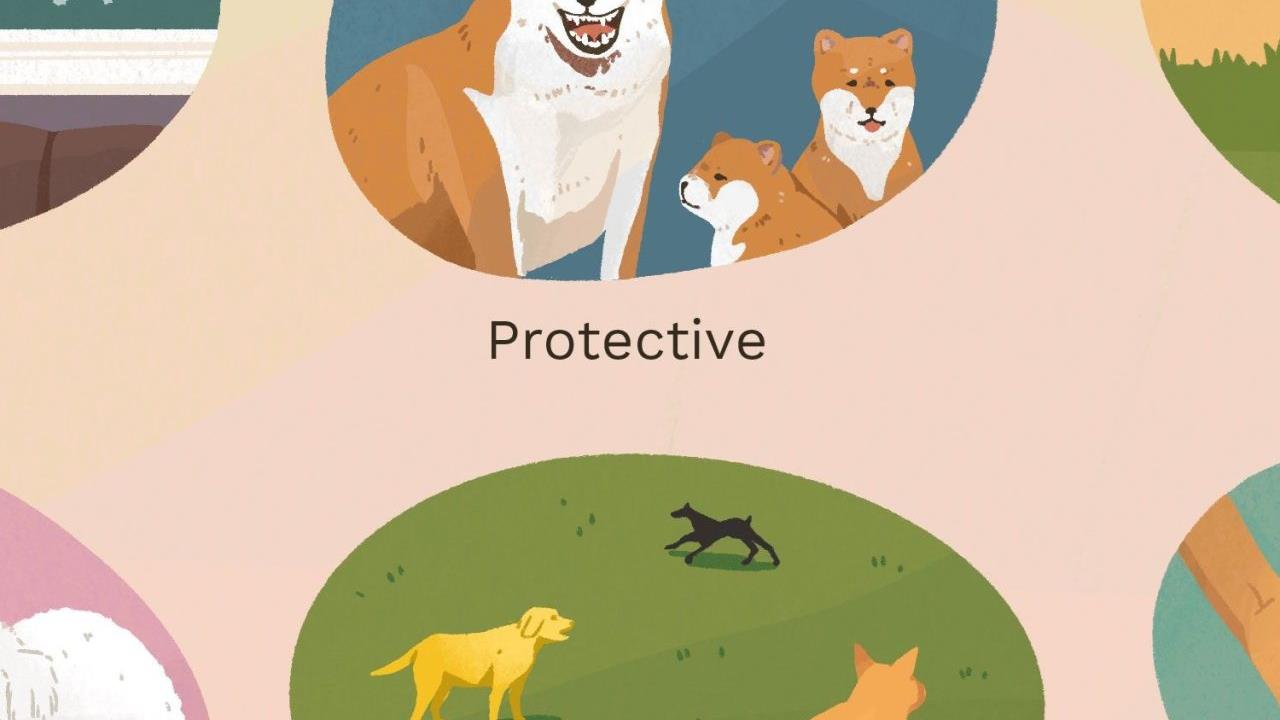
Identifying the type of aggression your pet is displaying is the first step towards effective management and behaviour modification.
Identifying Signs of Aggression in Pets
Discerning aggression in pets involves understanding three primary areas: physical signs, behavioural signs, and alterations in routine or habits.
Physical Signs
Pets often convey aggression through physical signs. This may include bared teeth, flattened ears, raised hackles, or a stiffened tail. These signs suggest your pet may be experiencing discomfort or fear, which can lead to aggression if not addressed.
Behavioural Signs
Behavioural signs are equally indicative of potential aggression. These may encompass growling, snapping, or unprovoked attacks. Prolonged periods of isolation are also concerning behaviour.
Changes in Routine or Habits
Lastly, significant changes in your pet’s routine or habits can be a red flag. This includes changes in eating or sleeping patterns, or sudden disinterest in favourite activities. It’s crucial to consult a vet if such changes persist.
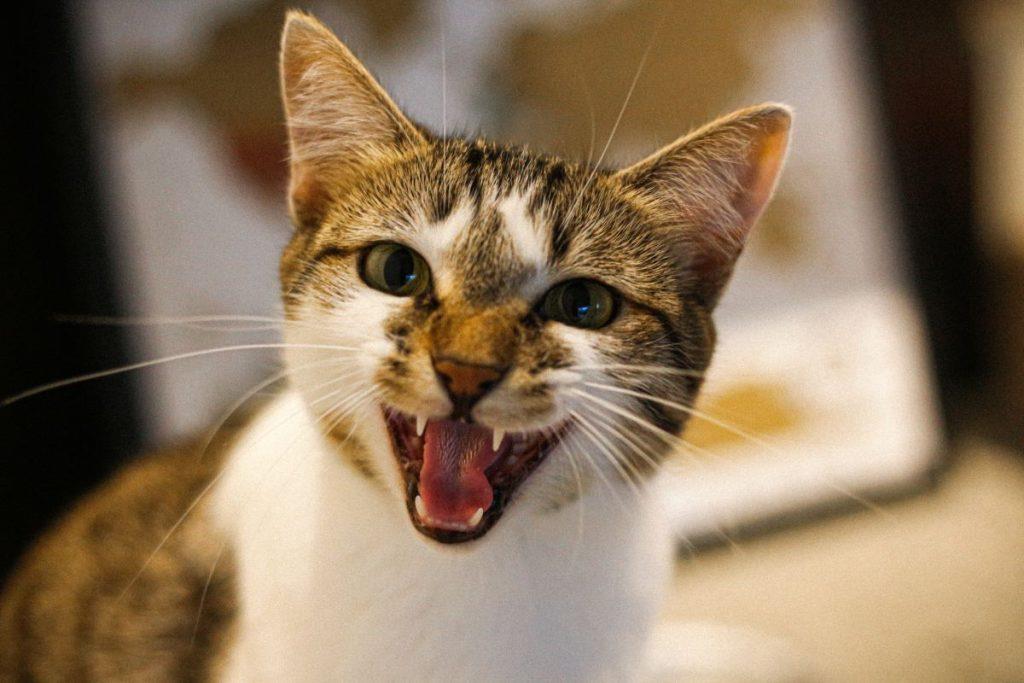
By staying alert to these signs, you can identify and address aggression in your pet early, promoting healthier and happier interactions.
Impact of Aggression on Your Pet’s Health and Your Safety
Aggression in pets can escalate into a serious issue, posing threats to your pet’s health and your own safety if not addressed promptly.
Possible Injuries to Owners or Other Pets
Aggressive behaviour in pets can lead to physical injuries to owners or other animals. Unpredictable aggression can result in bites, scratches, or worse, causing harm and distress.
Stress and Anxiety in Pets
Aggression is often a sign of underlying stress or anxiety in pets. Chronic stress can lead to health issues such as weakened immune system, behavioural changes, and decreased lifespan.
Legal Consequences for Owners
Owners can face legal repercussions for their pet’s aggressive actions, including fines, mandatory training, or in severe cases, euthanasia orders.
Professional Help for Aggression in Pets
When dealing with aggression in pets, the support of professional experts can be invaluable. These professionals include veterinarians, animal behaviourists, and pet trainers.
Role of Veterinarians
Veterinarians play a crucial role in diagnosing any underlying health issues that may be causing your pet’s aggressive behaviour. The aggression may be the result of pain or a medical condition, and treating the health problem can often alleviate the behavioural issues.
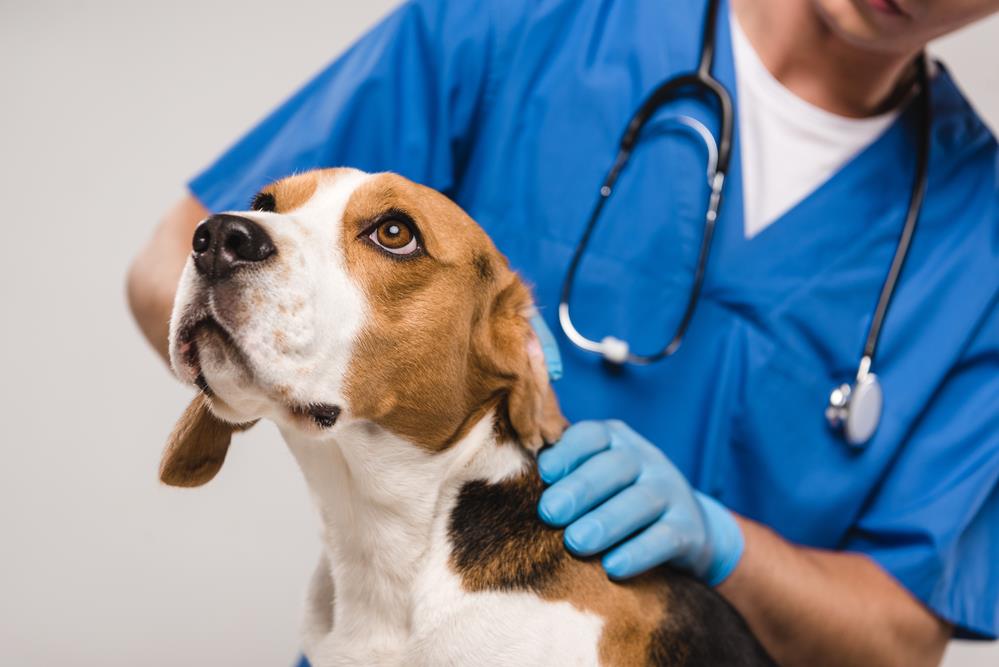
Role of Animal Behaviourists
Animal behaviourists are skilled in understanding and modifying pet behaviour. They can analyse your pet’s behaviour, environment, diet, and health to provide a comprehensive treatment plan.
Role of Pet Trainers
Pet trainers use positive reinforcement methods to teach pets better behaviour. They can work with your pet to reduce aggression and improve their socialisation skills.
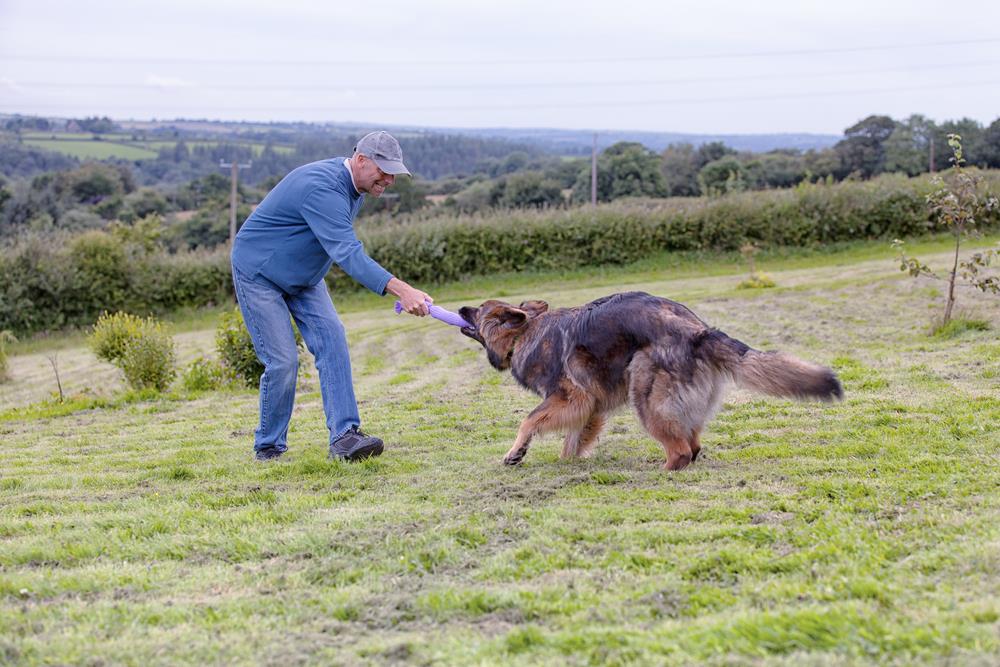
In conclusion, getting professional help can be a significant step towards managing aggression in pets effectively.
Behavioural Modification Techniques to Manage Aggression
Managing aggression in pets, particularly dogs, often involves the employment of behavioural modification techniques. These can be highly effective, especially when implemented correctly and consistently. Let’s explore three of these techniques, namely positive reinforcement, desensitisation, and counterconditioning.
Positive Reinforcement
Positive reinforcement involves rewarding desirable behaviours to encourage their repetition. For example, if your dog sits calmly when visitors arrive, reward them. This encourages the repetition of this calm, non-aggressive behaviour.
Desensitisation
Desensitisation is gradually exposing your pet to the stimulus causing their aggressive reactions, in a controlled way, to reduce their fear or anxiety. For example, if your pet is aggressive towards other dogs, controlled exposure in a safe environment can help them adjust.
Counterconditioning
Counterconditioning involves conditioning your pet to associate positive experiences with a previously feared stimulus. For instance, giving treats when they encounter other dogs can help shift their perception from fear to pleasure.
Implementing these techniques can drastically improve your pet’s aggressive behaviour. However, it’s crucial to remember that results may vary, and professional help should be sought when necessary.
Medication and Other Therapies for Pet Aggression
Managing pet aggression can be a challenging task, requiring a multi-faceted approach. Prescription medications, natural therapies, and physical therapies are all valid options that can be explored.
Prescription Medications
Prescription medications can be a useful tool in managing pet aggression. These medications are designed to alter certain chemical balances in the pet’s brain, helping to reduce aggressive behaviour. It’s essential to consult with a vet before starting any medication regime.
Natural Therapies
Natural therapies, such as pheromone-based products advocated by RSPCA, can help create a calming environment, reducing stress-induced aggression in pets. Additionally, dietary supplements like Omega-3 can have positive effects on pet behaviour.
Physical Therapies
Physical therapies, like regular exercise and environmental enrichment, can help redirect aggressive behaviour into more positive outlets. Tools like puzzle toys, regular walks, and agility training are all excellent methods to keep pets mentally and physically stimulated.
Preventing Aggression in Pets
In order to successfully mitigate aggression in pets, it’s essential to take proactive steps. These can include early socialisation, regular exercise, maintaining a stable environment, and regular vet check-ups.
Early Socialisation
Early interaction with various types of people, environments, and other animals can help your pet to adapt to different situations, reducing the likelihood of aggressive behaviour.
Regular Exercise and Mental Stimulation
Mental and physical stimulation can decrease the chances of aggression in pets. Even simple activities like fetch or interactive toys can provide significant benefits.
Maintaining a Stable Environment
A stable, peaceful environment is crucial for pet’s mental health. Abrupt changes can trigger stress and aggressive behaviour.
Regular Vet Check-ups
Regular veterinary check-ups help identify and address health issues that may cause discomfort and aggression in pets.
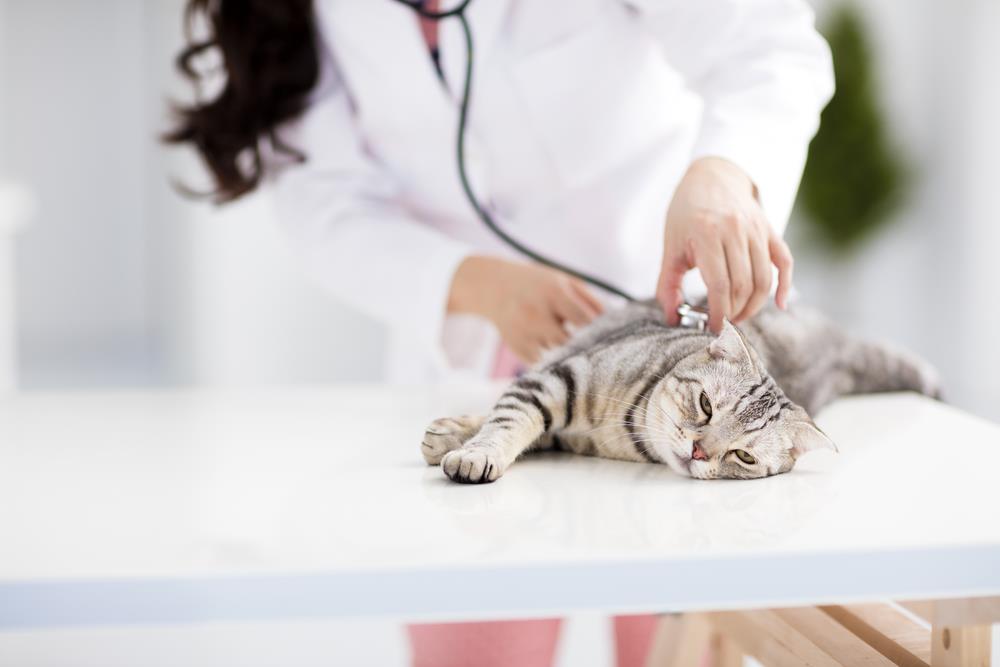
Dealing with Aggression in Pets
Related posts
Recent Posts
- Pet Emergency Preparedness: Ensuring Your Furry Friend’s Safety in a Crisis
- The Importance of Pet Vaccinations: Protecting Your Furry Friends
- Kitten Feeding Guide: Essential Tips for New Cat Owners
- Dangerous Pets: What You Need to Know Before Bringing One Home
- Understanding Pet Loss Grief: Coping with the Loss of a Beloved Animal Companion

